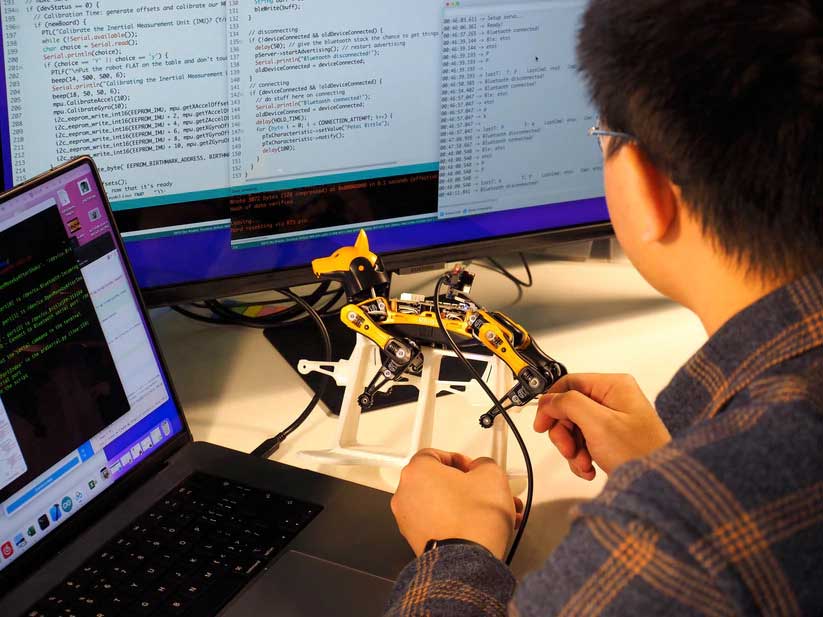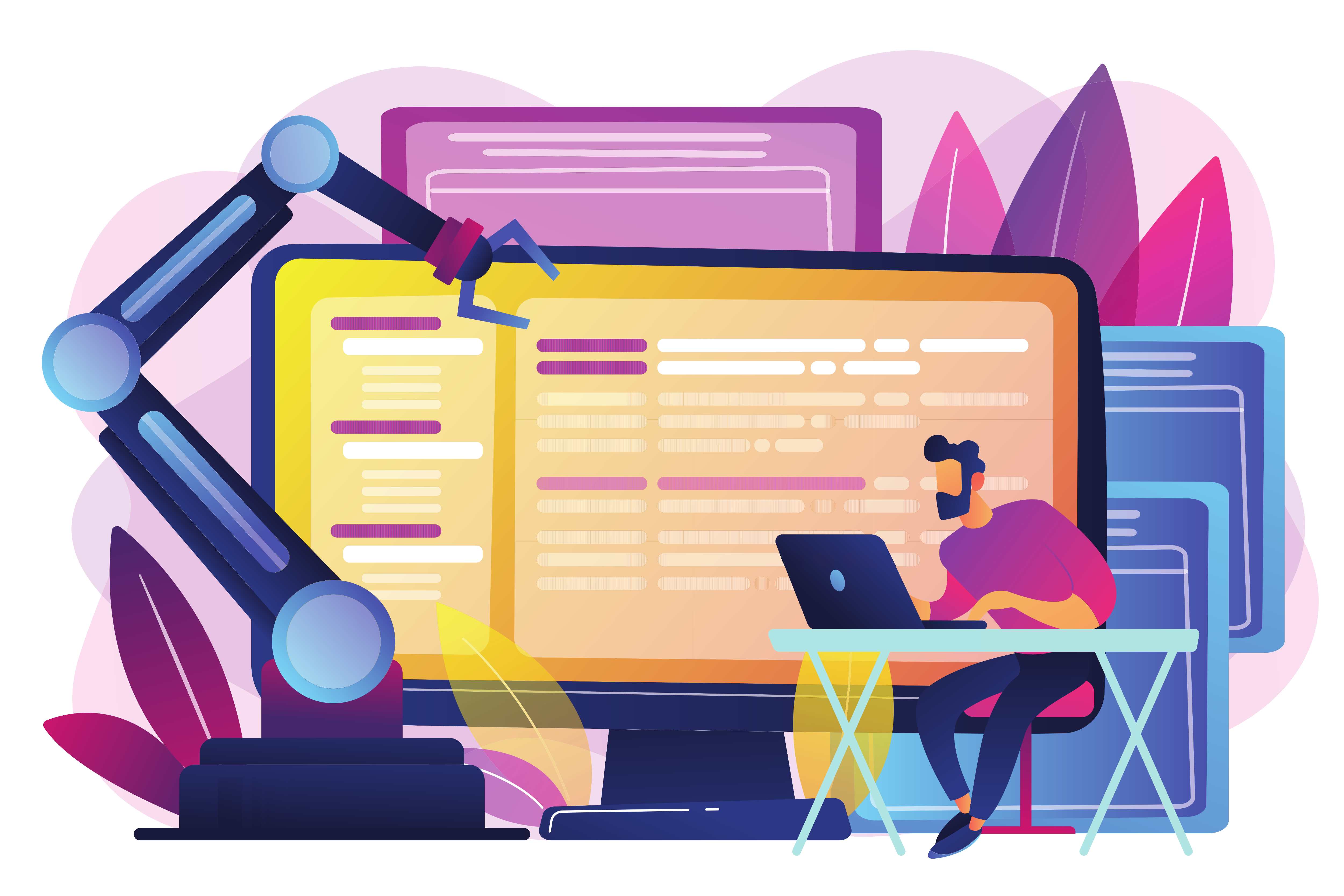Robotics is an essential component of modern life, used in various applications such as manufacturing, transportation, and healthcare. However, not all robotics technology is created equal, and a growing trend in this field is the use of open source solutions.
Open source robotics refers to the development of robotic systems using freely available and modifiable source code. This approach differs from traditional robotics, which often relies on proprietary software and hardware that is tightly controlled by a single company. Instead, open source robotics allows developers from around the world to collaborate on the development of robotic systems, sharing their knowledge and experience to create better and more innovative solutions.
One of the main advantages of open source robotics is its accessibility. With open source solutions, anyone with the necessary technical knowledge can participate in the development process, regardless of their location or resources. This allows for a more diverse and inclusive community, and also ensures that there is a large pool of developers who can contribute to the project.

Another important advantage of this robotics is its profitability. Open source solutions are typically free or cost a fraction of what proprietary solutions cost. This makes it easier for small businesses and individuals to participate in robotics, and also helps drive innovation by removing barriers to entry.
An example of a successful open source robotics project is the Robot Operating System (ROS), which offers a common set of tools and libraries for creating robotic applications. ROS is used by a wide range of organizations, from large companies to individual hobbyists, and has helped drive the development of new robotic technologies.
Another example is the OpenAI Robotics project, focused on creating intelligent robots capable of performing a wide range of tasks in the real world. This project brings together a global community of researchers and developers and is an excellent example of how open source solutions can drive innovation in robotics.
S
However, open source robotics has its challenges. One of them is the lack of technical support that is often associated with open source solutions. This can be a problem for companies that need to deploy robotic systems quickly and with minimal downtime.

Another challenge is the difficulty of guaranteeing compatibility between different open source solutions. This can be especially problematic for organizations that use multiple robotic systems from different vendors, as it can be difficult to ensure they work together seamlessly.
Despite these difficulties, open source robotics is an exciting and rapidly growing field, and is likely to play an increasingly important role in the future of automation. By breaking down barriers to entry and enabling collaboration on a global scale, open source robotics has the potential to transform the way we build, deploy and use robotic systems.
In conclusion, robotics is a powerful tool to advance the field of automation. By making robotics technology more accessible, cost-effective and innovative, open source solutions help drive progress and bring new possibilities to the forefront of robotics research and development.






